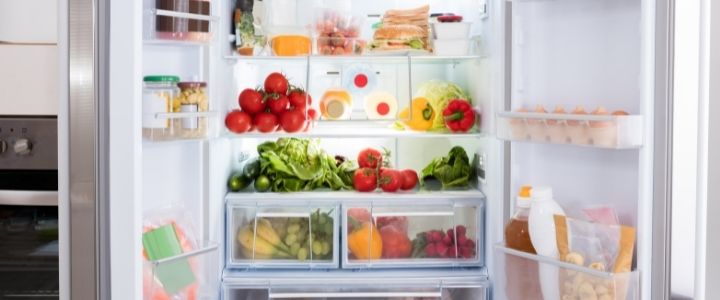
Have you ever bought fruits and vegetables but confused about how to store them properly?
We need to identify how to properly store our fruits and vegetables because apparently, it's one of the most wasted food categories in terms of total amount wasted. We throw away about 1440 million tons each year of fruits and vegetables worldwide; for several reasons, one being improper storage.
That's why we've made a list of several most used fruits and vegetables and how to store them, either at room temperature, in the fridge, ventilated, exposed to light or not. Read on to find out more!
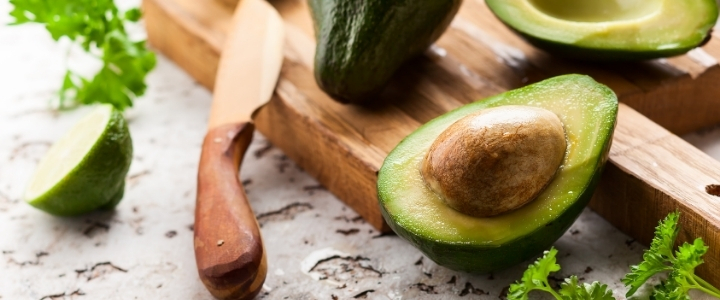
Avocado
One of the most popular and sought-after fruits out there, you often buy avocado by the bunch when it's available. That's why you need to properly store it to avoid waste. If the avocado is already ripe, you should store it in the refrigerator, both cut or uncut. This stops the ripening process and makes it stay at its tastiest state. Then, keep it in the crisper drawer, and it'll be good for about 3 days.
But if it's not ripe yet, you can ripen it by putting it on the counter at room temperature. Or, if you want to quicken the ripening process, place it in a paper bag with an apple, banana, or kiwi. They produce ethene gas that softens hard fruits.
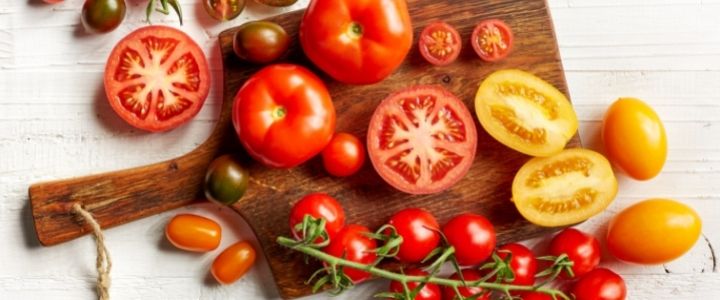
Tomato
One of the biggest mistakes we commonly encounter is storing tomatoes inside the fridge. Of course, most of us do that to make the tomatoes last longer. But, it turns out, we shouldn't. Because tomatoes came from a warm climate and should be stored at room temperature. Otherwise, it will suffer in terms of flavor development, coloration and texture!
Your best bet is storing the tomatoes is finding an excellent spot in your home and storing the fully ripe or ripening tomatoes there. They'll keep well for about two days. But don't worry, you can still refrigerate them if you're in a pinch - just make sure they recover for some time at room temperature before using them.

Bananas
Bananas are often forgotten and left to rot on our counter. Or worse, thrown away at first sight of the brown spots! Like tomatoes, bananas are from warmer climates and need to be kept at cool room temperature, not refrigerated. But the trick to make them last longer is by keeping them in a bunch then covering the stems with plastic wrap.
If you're trying to ripen them faster, do the total opposite - leave the stems uncovered as this is where they release the ethylene gas from. Then, keep them inside a paper bag or a bowl, and they'll ripen in a day or two, ready for you to use.

Berries
Berries are beautiful fruits that taste tart and sweet at the same time. But if you store them improperly, you'll get mushy berries that are not fit to consume. Berries are primarily non-climacteric - this means they won't undergo any ripening after being picked. They may soften but won't taste better or improve after harvest. That's why you should definitely choose the ripe ones when buying!
You should keep them cool by storing them in your refrigerator, in a dry container that you bought them from. But for strawberries that tend to dry out in the fridge, you should store them on top of a dry towel after washing and cover them with a damp towel. Always eat berries within a day or two. You can also freeze them in the freezer if you don't plan to eat them soon in an airtight container.

Apples
There might be some misunderstanding when it comes to apples. Most people store them at room temperature by leaving them open on the counter. In fact, apples should be stored in the fridge, in the crisper drawer for longer freshness. Extra notes: avoid storing them near strong-smelling food, it can absorb the flavors, and your apples might smell like onions!
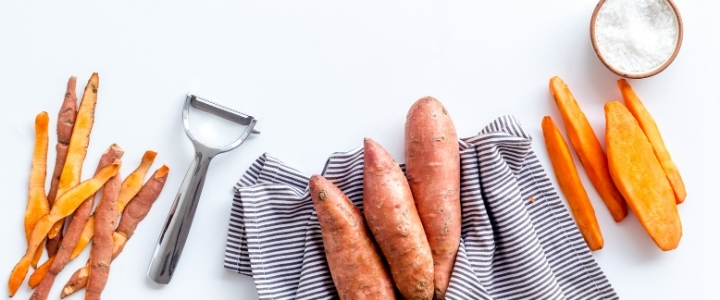
Sweet potato
You might think that tubers are impervious to any type of storage, but it turns out they can't stand refrigerators. So avoid storing them inside a fridge as it can cause complex centers and unpleasant taste. Instead, you should keep them in a cool, well-ventilated place or container at room temperature. The best site is in a basement or root cellar, where there's less sun and heat.

Zucchini
Zucchinis are great additions to salad and sandwiches, but when stored improperly, they'll start to shrivel and even moldy. To keep it fresh, store it inside a fridge, dry and unwashed. It should be inside a plastic or paper bag with one end open for ventilation and air circulation. Store them inside the crisper drawer, and they'll be safe for around 1-2 weeks.

Carrots
Another root vegetable that may last longer than most vegetables. If you want to keep them fresh for several weeks, you should keep them unpeeled in a sealed bag or container. Cover them entirely in water and store them inside the fridge. Keep monitoring that water. When it becomes cloudy, change it up and put it back in the refrigerator. You can even keep it for a month, still fresh and moist!

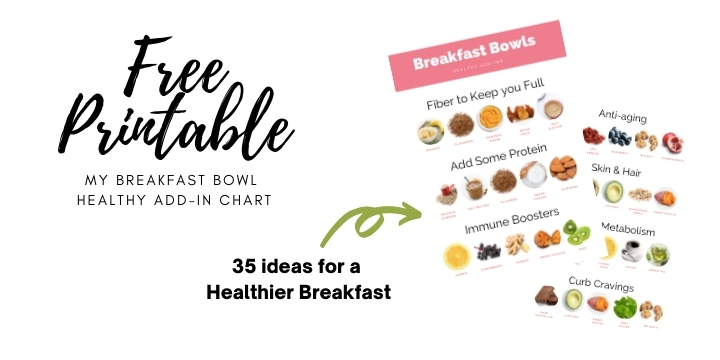
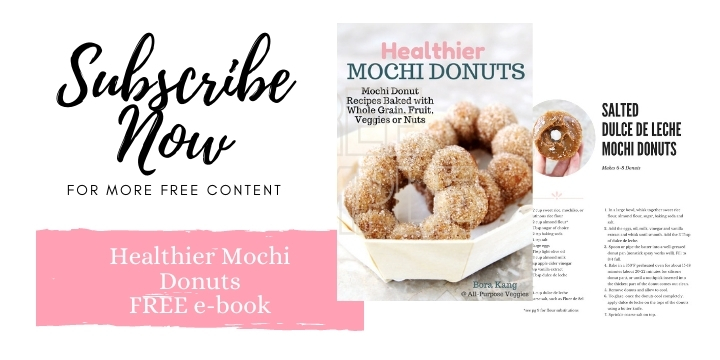
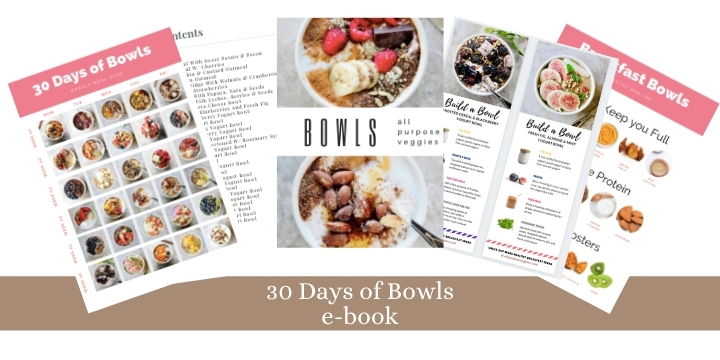

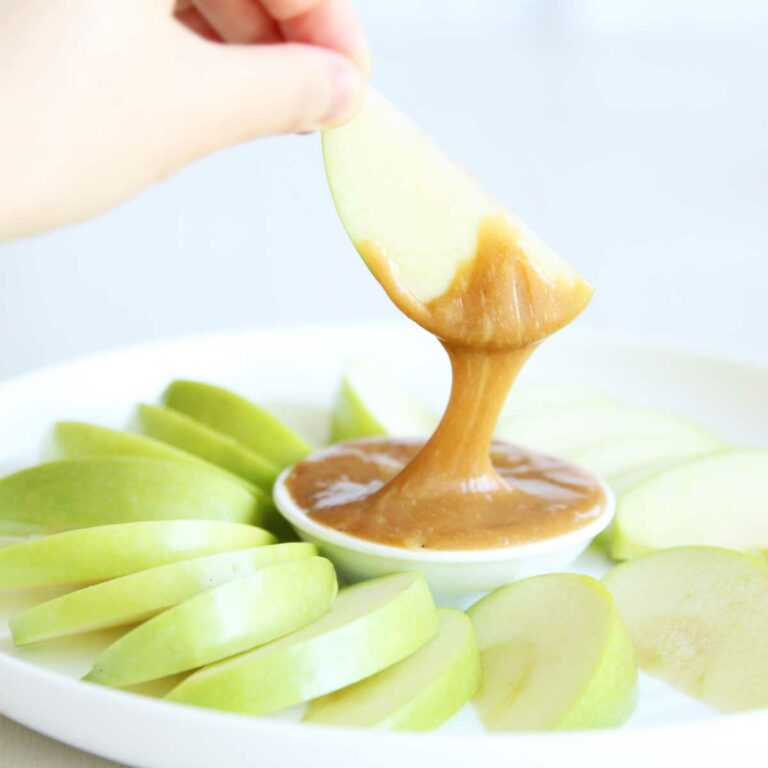
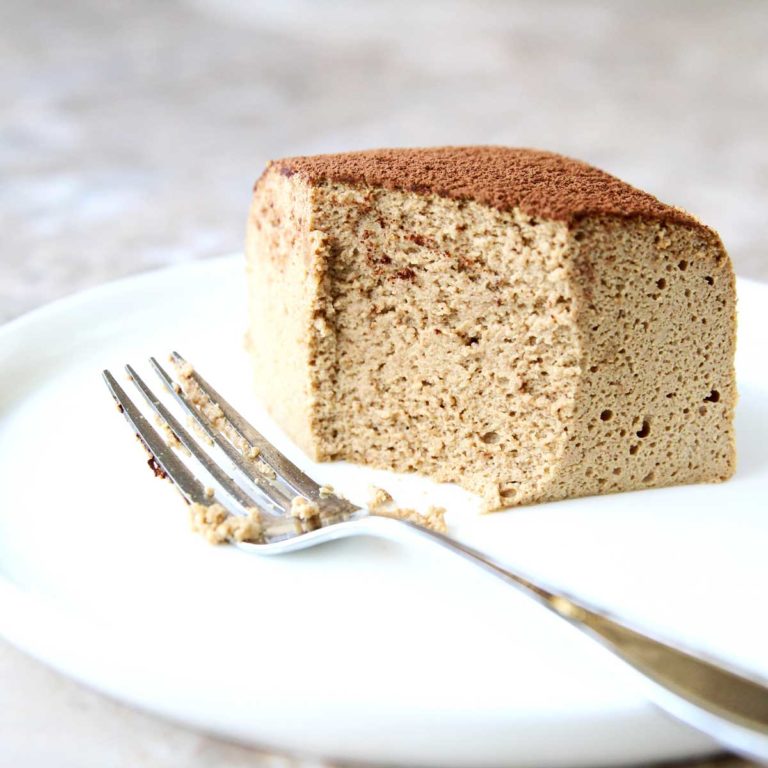
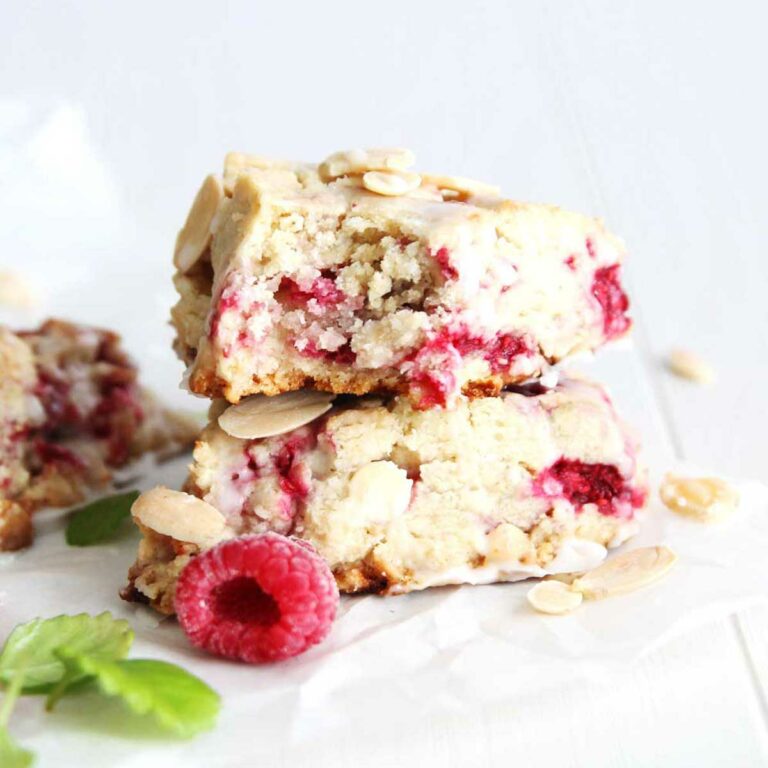

Leave a Reply